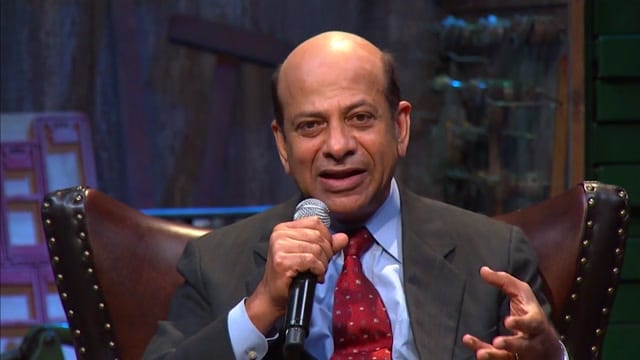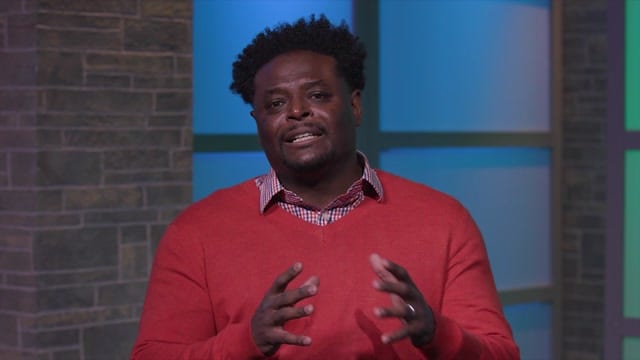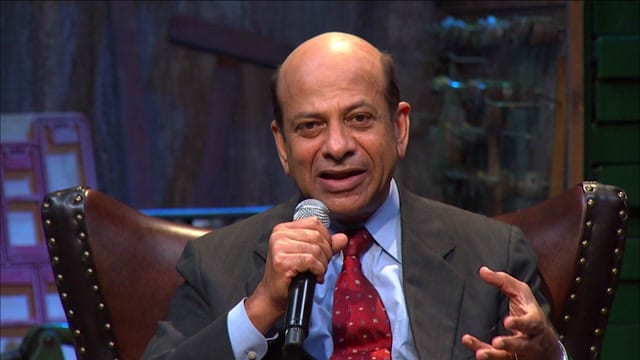
Are you tired of the brokenness and division in your city? Like many forward-thinking leaders, you have a deep passion to see positive change. You’ve probably spent countless hours thinking of ways to engage with your community in new ways in order to see this change become a reality. It’s not easy.
This is one of the reasons why The Global Leadership Summit exists—because we believe in the power of your influence. We believe that armed with leadership resources, inspiration and encouragement, you can bring this change to your community.
As a church planter and pastor, Tracey often wondered why churches so often separate themselves from the very communities they want to reach for Christ.
While there is not one right or easy way to accomplish citywide change, this story about Summit attendee, Tracey Beal, pastor of Community Development at Pure Heart Church, and executive director of School Connect, will show you how the Summit inspired her story of citywide change through a unique model where schools are the driver in engagement and partnership.
Can the Church engage the community?
As a church planter and pastor, Tracey often wondered why churches so often separate themselves from the very communities they want to reach for Christ.
Then she had a realization. During a service trip to Peru with students of Young Life at Arizona State University, she started to think of the needs of her own city back home. “There is tremendous need in my own city too,” said Tracey. “And the school is the portal to all of the needs of the community!”
She quickly realized the church was a perfect partner for schools because they share the same children and have access to multi-generations and multiple sectors within their congregations. “I knew this model would be an incredible way to help churches reach their neighborhoods for Christ!” Tracey exclaimed.
What if the Church served the needs of our schools?
“My heart breaks when I think of the incredible challenges teachers face as they prepare the next generation: broken families, poverty and drug addiction impact kids physically, intellectually and emotionally,” says Tracey. “Our educators face monumental odds to meet these needs so kids can be successful. Sadly, while educators wear numerous hats and have huge expectations placed upon them, they are not highly valued by their community.
“I thought, what would it look like if churches, businesses and other local organizations rallied to the school to care for our kids and our community?”
School Connect is born
“The creation of School Connect as an organization was very much inspired by the Summit,” says Tracey. “The Summit is a living, breathing example of what can happen when the Church leads in its community. I was inspired by the courage and tenacity that leaders showed as they leaned into their calling, and in many ways felt like I had found my tribe.”
Following the Summit, Tracey began to develop a model of community engagement with local schools. The model engages schools in strategic partnerships with churches, businesses, non-profits, colleges and neighborhood organizations.
My heart breaks when I think of the incredible challenges teachers face as they prepare the next generation…
“The GLS inspired me to be bold about working with all leaders of our city whether they have a Christian faith or are somewhere along that journey,” says Tracey. “School Connect’s job is to cast vision and train educators and faith and community partners to work together for the sake of our kids.
“Since we believe schools are the portal to all of the needs of a neighborhood, we see working with schools as a powerful tool for any church that wants to engage meaningfully with its community.”
Amazing Outcomes from the School Connect model
School Connect is helping churches step up into leadership with the whole community, and are finding that believers who solve problems have influence with everyone. Of the 58 school districts in Maricopa County serving 1 million children, School Connect has the privilege of working with 42 districts.
“The schools that have the most clarity about their strategic plans and the partners who are helping them accomplish these plans are seeing academic achievement go up, teacher retention increase, negative behavior go down and parents engage in much higher numbers,” Tracey explains. “As churches are meaningfully involved in this process, they are seeing people come to know Christ and get connected to a church community.”
Here are just a few examples of what has happened through partnerships!
- School clothes for children in need
Palmcroft Baptist Church built a clothing store for Acacia Elementary. Acacia sends a family to Palmcroft where they are hosted for a personal shopping experience. Each child in the family picks out a week’s worth of clothing to wear to school. Their small group leaders take turns hosting these families. When I was there they had just hosted a refugee family with 11 children! - Community builds soccer field
At Palo Verde Middle School, four churches, Young Life College, Kiwanis, five businesses and the United Neighborhood Association built a soccer field! Check out the video - Partnership turns failing school around
At Palo Verde Middle School, we worked with the principal and her team to develop a clear strategic plan and then invited these partners to the table to choose how they wanted to be engaged. As we worked together, we saw this high poverty, failing school turn around academically, decrease negative behavior by 62%, engage parents, decrease the number of teachers fleeing the school and transform the reputation of the school in the neighborhood. - CAFÉ model is recognized by US Department of Education
School Connect developed a model called the CAFÉ (Community and Family Engagement Event) where the school principal invites churches, businesses, parents and community groups to join them at a table where they build relationships, share their school’s strategic plan and create a collaborative action plan for their school’s success. By leveraging the strengths of the community around the school, they create sustainable, mutually beneficial partnerships that bring real change to a school and to the entire neighborhood. The CAFÉ has been held for entire districts or for smaller regions, such as a high school and its feeder schools. The US Department of Education honored the CAFE model as a best practice of faith communities serving local schools.
“Imagine what it would be like if all of the schools of Phoenix had significant partnerships with Christ followers?” Tracey asks. “As we empower the Body of Christ to be the servant leaders we are meant to be, we are excited about the potential to bring transformation to Phoenix.”
Why we attend to The Global Leadership Summit
“I believe the Global Leadership Summit is the most accessible and applicable leadership opportunity I have ever attended,” says Tracey. “As we innovate with School Connect, the Summit has been instrumental in helping me access leadership resources when there was no simple pathway forward. It has also been a powerful tool in our work with the leaders of our city. We are finding that Summit resources are opening doors of opportunity with these leaders.
I believe the Global Leadership Summit is the most accessible and applicable leadership opportunity I have ever attended
“While I read leadership books for years before attending the Summit, attending the conference with others on our team has transformed my thinking, given us a common language and its catalytic nature has helped us build momentum in a variety of different initiatives.
“The Summit has something for everyone–guaranteed! If you need encouragement in your calling, clarity about how to move forward in an area that has challenged you or access to resources of people and materials that can help you succeed, you can find it at the Summit!”






Recent Comments